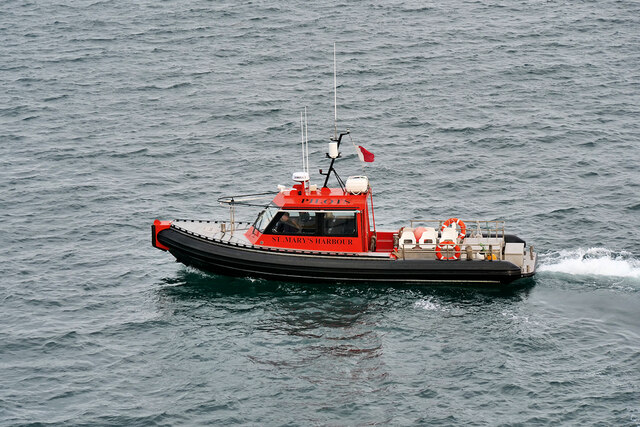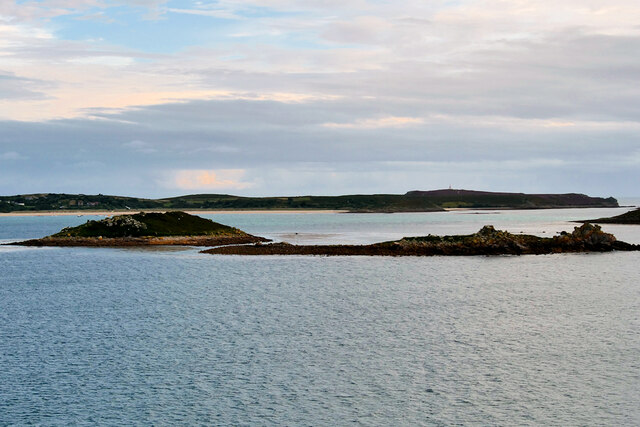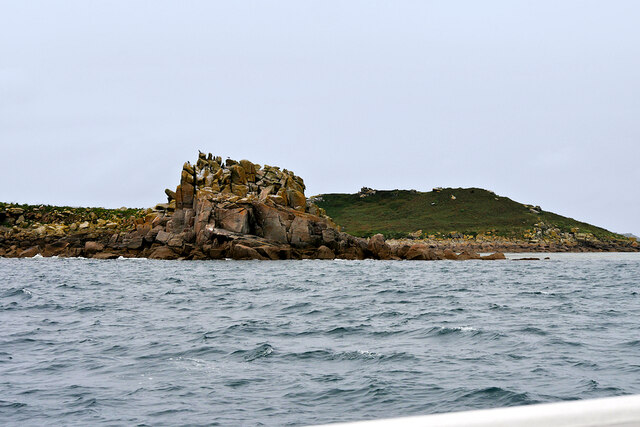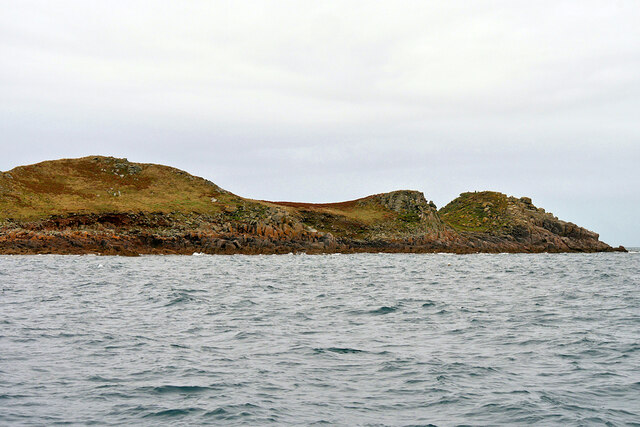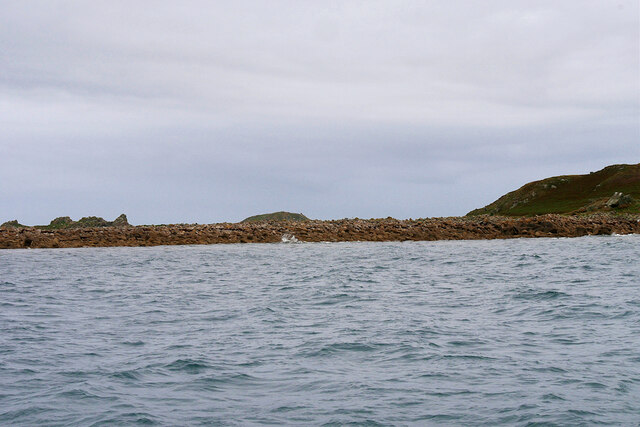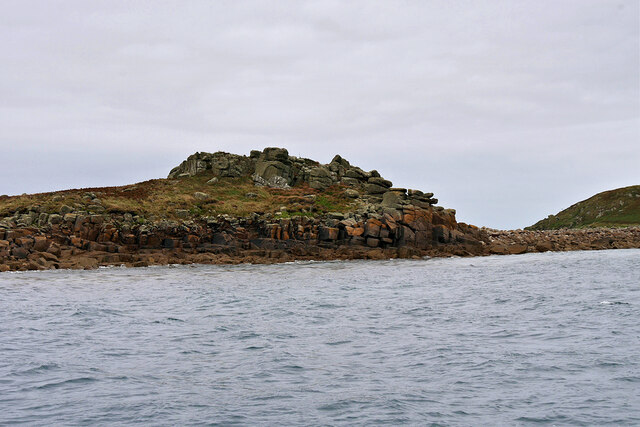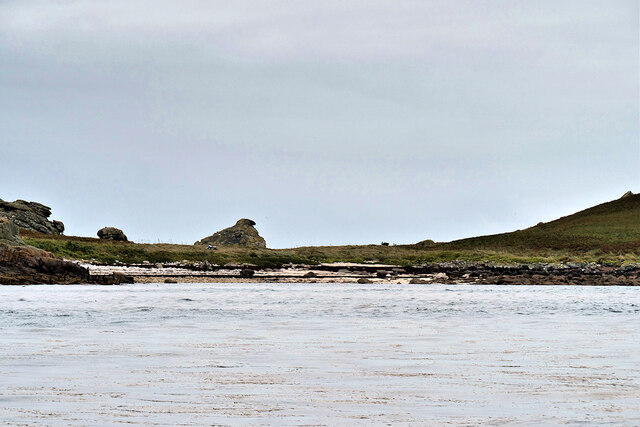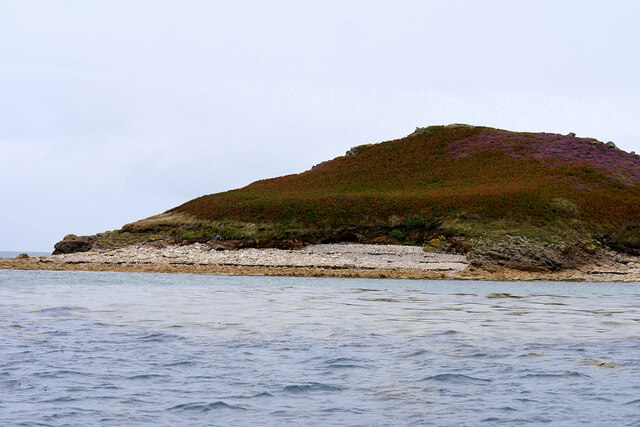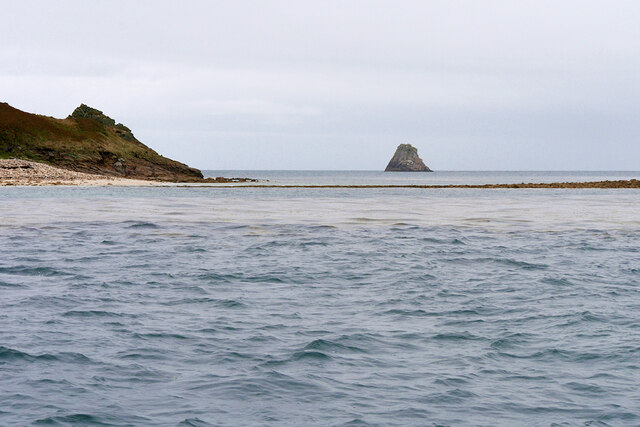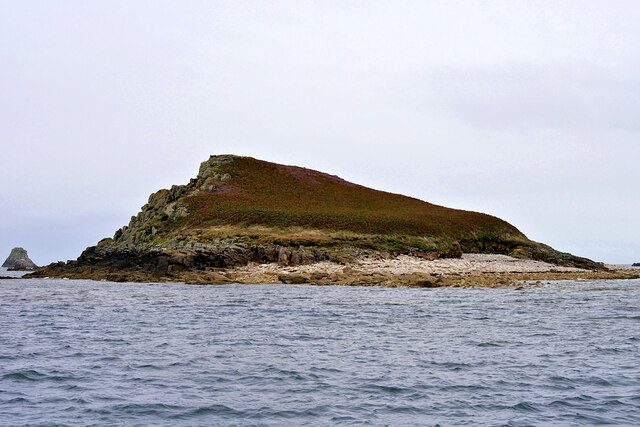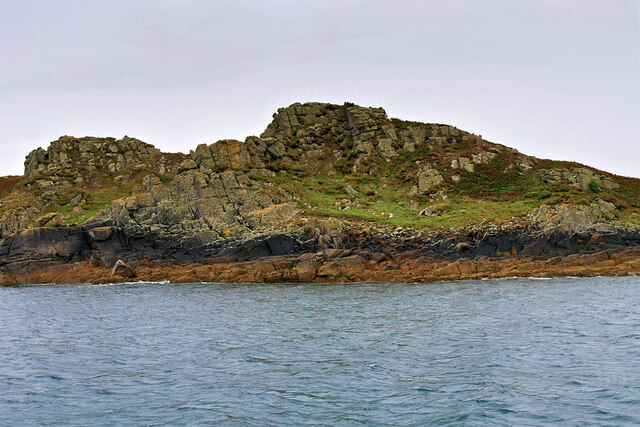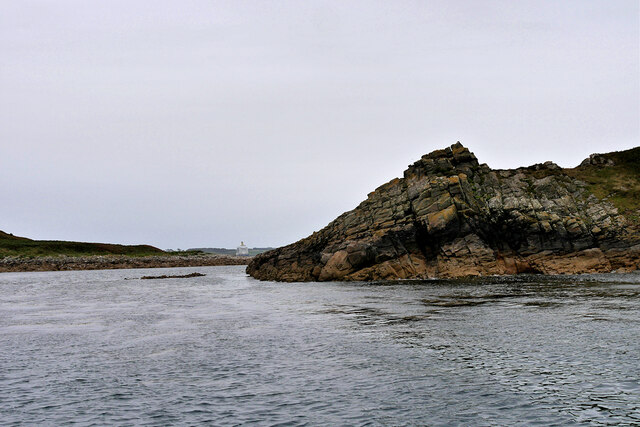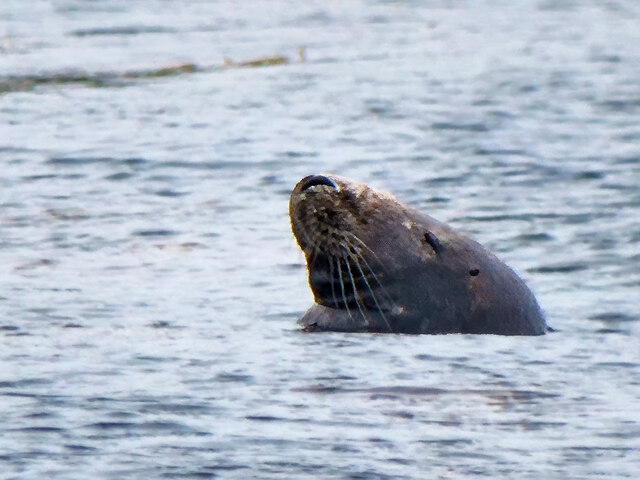Ragged Island
Island in Cornwall
England
Ragged Island
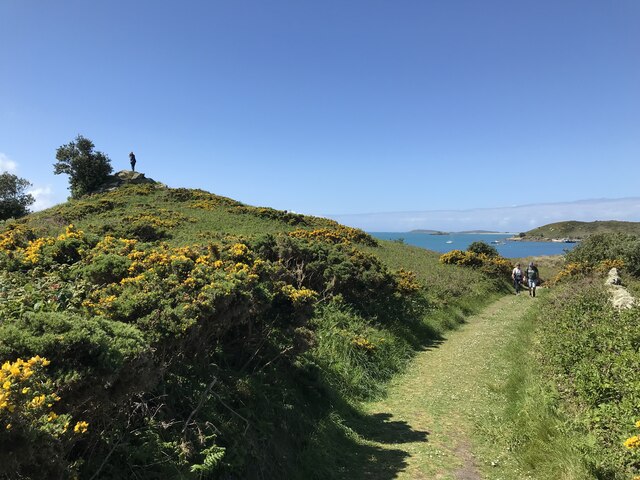
Ragged Island, Cornwall, is a small island located off the coast of southwest England. It is situated in the Atlantic Ocean, roughly 1.5 miles southwest of Land's End, and covers an area of approximately 20 acres. The island's distinctive name derives from its rugged and uneven terrain, which is characterized by steep cliffs, rocky outcrops, and a lack of vegetation.
Ragged Island is known for its rich biodiversity and serves as an important habitat for several species of seabirds, including puffins, razorbills, and guillemots. The island's inaccessible cliffs provide nesting sites and protection for these birds during the breeding season. In addition to its avian population, Ragged Island also supports a diverse marine ecosystem, with seals, dolphins, and various fish species frequently spotted in the surrounding waters.
Access to Ragged Island is limited due to its rugged nature and lack of infrastructure. There are no permanent residents on the island, and it is primarily visited by wildlife enthusiasts, birdwatchers, and photographers. The island's isolation and untouched natural beauty make it an attractive destination for those seeking tranquility and a unique coastal experience.
Visitors to Ragged Island are advised to take precautions when exploring the island's steep cliffs and rocky terrain. The island can only be reached by boat, and it is recommended to use a local tour operator or hire a boat from nearby Land's End. As Ragged Island is a protected nature reserve, visitors are required to respect the fragile ecosystem and adhere to any guidelines or restrictions in place for the preservation of the island's wildlife and natural environment.
If you have any feedback on the listing, please let us know in the comments section below.
Ragged Island Images
Images are sourced within 2km of 49.946607/-6.258476 or Grid Reference SV9413. Thanks to Geograph Open Source API. All images are credited.
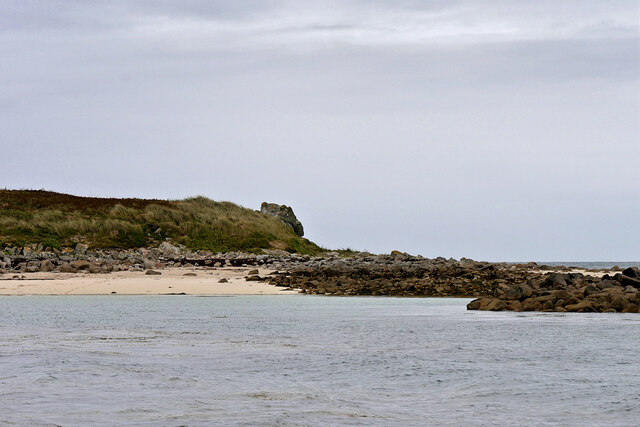
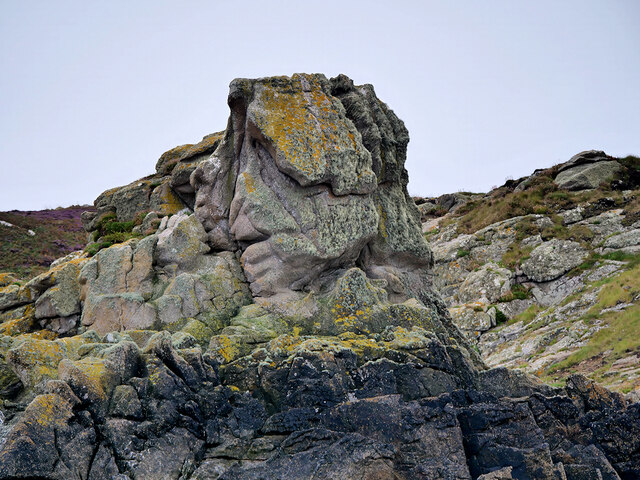
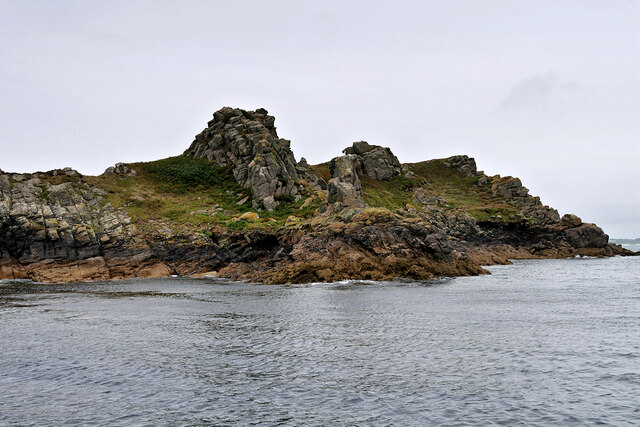
Ragged Island is located at Grid Ref: SV9413 (Lat: 49.946607, Lng: -6.258476)
Division: Isles of Scilly
Unitary Authority: Isles of Scilly
Police Authority: Devon and Cornwall
What 3 Words
///digesting.amplified.birthing. Near St Martin's, Isles of Scilly
Nearby Locations
Related Wikis
Great Ganilly
Great Ganilly ( gə-NIL-ee; Cornish: Goonhyli Veur, lit. 'great saltwater downs') is one of the Eastern Isles of the Isles of Scilly. It has a maximum total...
Eastern Isles
The Eastern Isles (Cornish: Enesow Goonhyli, islands of the salt water downs) are a group of twelve small uninhabited islands within the Isles of Scilly...
PS Earl of Arran (1860)
PS Earl of Arran was a passenger vessel operated by the Ardrossan Steamboat Company from 1860 to 1871 and the West Cornwall Steam Ship Company from 1871...
Wheel Wreck
The Wheel Wreck is the remains of a shipwreck lying in Crow sound off Little Ganinick in the Isles of Scilly. The wreck site consists of a discrete mound...
Nearby Amenities
Located within 500m of 49.946607,-6.258476Have you been to Ragged Island?
Leave your review of Ragged Island below (or comments, questions and feedback).
